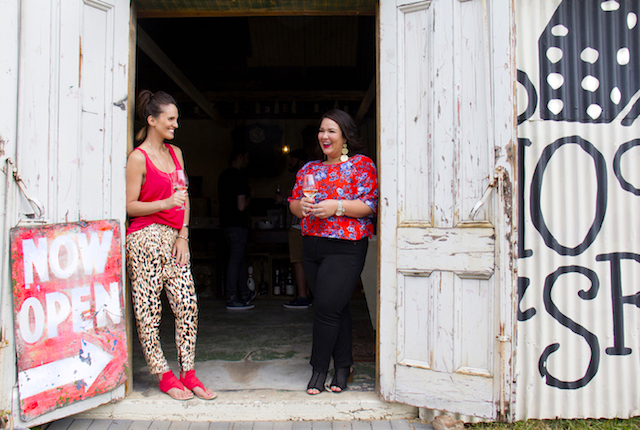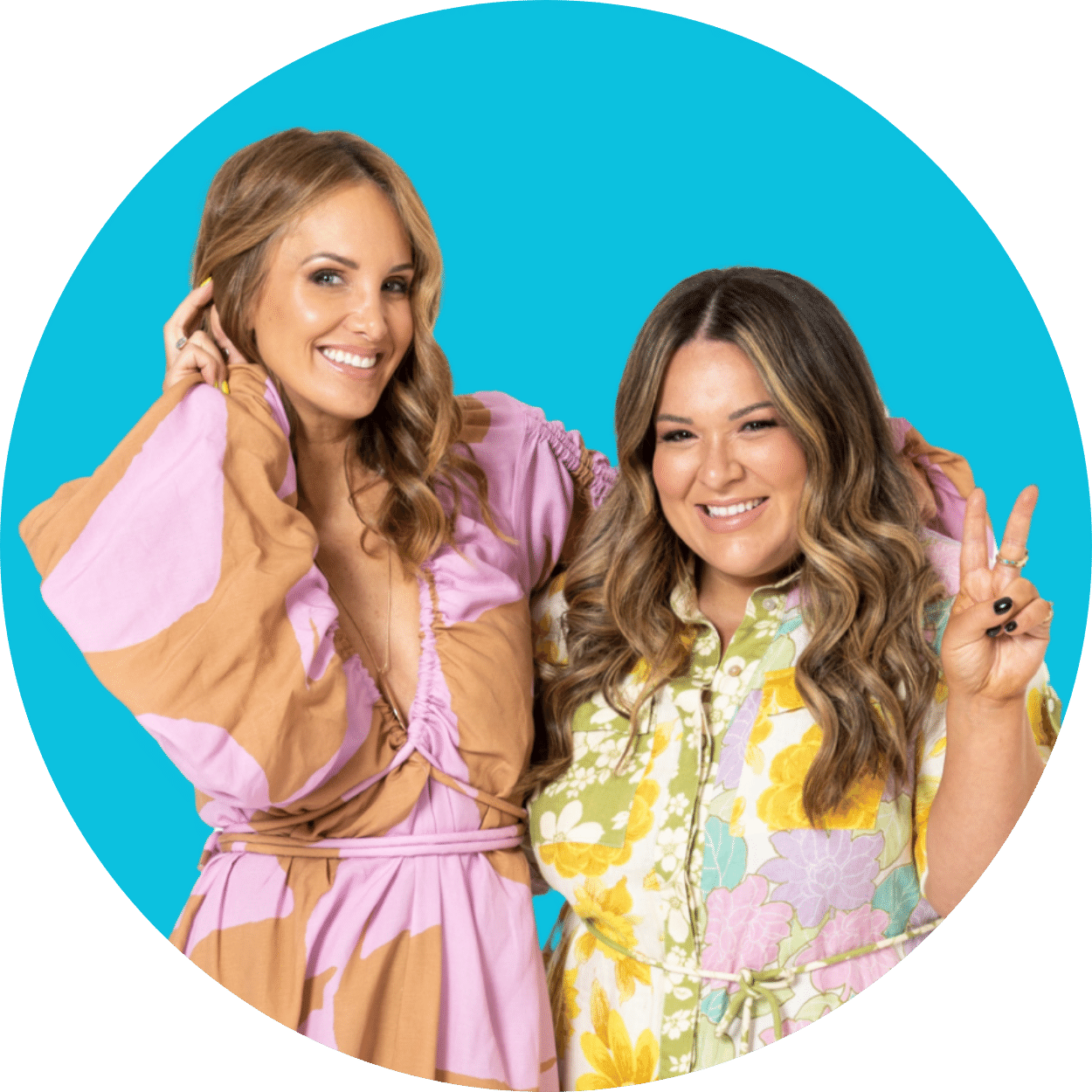So, you want to start your own business?
At Hood Sweeney we are excited about the new generation of serial entrepreneurs that we see walking through our doors on South Terrace.
There’s a real trend of people chasing the dream of being their own boss rather than submitting to the daily grind.
In February 2017, the Australian Bureau of Statistics figures showed an increase in actively trading businesses in Australia of 2.4 per cent from June 2015. Primarily driven by growth in small businesses (those with fewer than 20 employees).
The Government is strongly encouraging those with a great idea to focus on new ventures with initiatives such as the Start Up Business Grant Program.
Starting your own business is a bold and life changing experience – but what about the practicalities that no one tells you about?
We’ve put together the 7 things that no one will tell you when you start up a business:
1. Write a business plan
Having a fantastic idea is a crucial part of starting your own business but articulating that into a business plan is essential for success.
This plan will help you understand what it is that you want to achieve and focus on who you perceive as your customers.
Start by developing a SWOT analysis (strengths/weaknesses/opportunities/threats) to clarify your product or service and differentiate you in the market.
Develop a financial projection by setting your goals and objectives, this will give you a good understanding of the amount of cash or financing you will need to start.
A business plan allows you to focus on your target market and identify how you can attract their business, think about; who they are, what makes them tick, how big the market opportunity is and how you can potentially reach them.
This plan is what you will present to a financial institution should you require finance to get your idea off the ground.
2. Choose a business structure
There are a number of business structures that you can choose which have different legal and tax implications:
Sole trader
This is the easiest and simplest to set up. As a sole trader you are personally responsible for all the assets and liabilities of the business.
Partnership
This structure can be considered if you have another business partner i.e. friend or spouse. It is simple and easy to set up like a sole trader.
Company
This is the most expensive business structure to set up, there’s much more compliance and reporting requirements. However, a company structure provides good asset protection. The assets and liabilities belong to the company and the individual’s become directors and shareholders, meaning the company is liable for debt of the business assets.
Trust
The trust structure is a good vehicle to split your income and profit between yourself and beneficiaries in the trust. It gives you the ability to split the profits between your lower income earning family members and yourself to minimise your tax payments. Seek advice before income splitting as there are some restrictions.
There are different kinds of trusts and the one you choose will very much depend on your own personal situation.
3. Think of a business name and register it
Of course your business will have its own unique name. Once you have decided on your moniker you will need to register the business name through ASIC.
If the business name you’ve chosen is similar to another ASIC will not allow it be registered. It is important to register your name at the start of the set up process to avoid wasting money on logo design costs and branding awareness.
 Image credit: emmakateco.com
Image credit: emmakateco.com
4. Register some more
You will need to register your business name with the ATO and some other entities depending on your structure.
The taxes you will need to pay really depend on the type of structure you are setting up. However, you will need an Australian Business Number (ABN) which identifies your business to the government.
If your business will generate more than $75,000 of revenue you will be required to register for GST. GST is a 10 per cent tax on goods and services sales in Australia.
When it comes to employing individuals or paying yourself a wage (through a company or trust) you will need to register for PAYG withholding. PAYG is a tax which requires you to pay incremental amounts which accumulate towards your expected end of year income tax liability.
In addition to PAYG withholding you need to register with Return To Work SA, which is a workers insurance that covers you and your business against workplace injuries.
5. Insure yourself
Protect your business against a risk and take out appropriate levels of cover to save yourself from any unforeseen issues that you might face. Our article on income protection will give you some useful information on this.
6. Organise your licence and permits
Depending on the type of business you are setting up you may require permits or licences. Check with an appropriate government body and local council to ensure you are allowed to run your business or what type of licences or permits you might require.
7. Stay on top of your accounting
It is important that you maintain your business records, using an accounting package like Xero will help you stay on top of your bookwork.
As you can see there are a lot of practicalities involved when it comes to setting up a business. Hood Sweeney can help you with everything from your business planning to your bookkeeping.
Contact Marisa Riccio, Director & Representative of Accounting & Business Advisory AFSL 485569, for more information on starting your own business on 1300 764 200 or [email protected].
Hood Sweeney and Adelady will be hosting an event to give you the opportunity to discuss starting your own company with the best in the business. To register your interest email [email protected]
This content is sponsored by Hood Sweeney Accounting & Business Advisory.
Disclaimer:
Information contained in this article is of a general nature only and does not constitute personal financial or taxation advice. The information has been prepared without taking into account your personal objectives, financial situation or needs. Before acting on any information in this article you should consider the appropriateness of the information with regards to your objectives, financial situation and needs. It is recommended specific financial advice be sought in relation to matters referred.
The information in this document has been derived from sources we believed to be reliable and accurate. Subject to law, neither Hood Sweeney Accounting & Business Advisory ABN 30 007 696 595, AFS License No. 485569 or Hood Sweeney Securities ABN 40 081 455 165, AFS License No. 220897, nor their directors, employees, agents, representatives or Authorised Representatives gives any representation or warranty as to the reliability, accuracy or completeness of the information; or accepts any responsibility for any person acting, or refraining from acting, on the basis of the information contained in this article.










